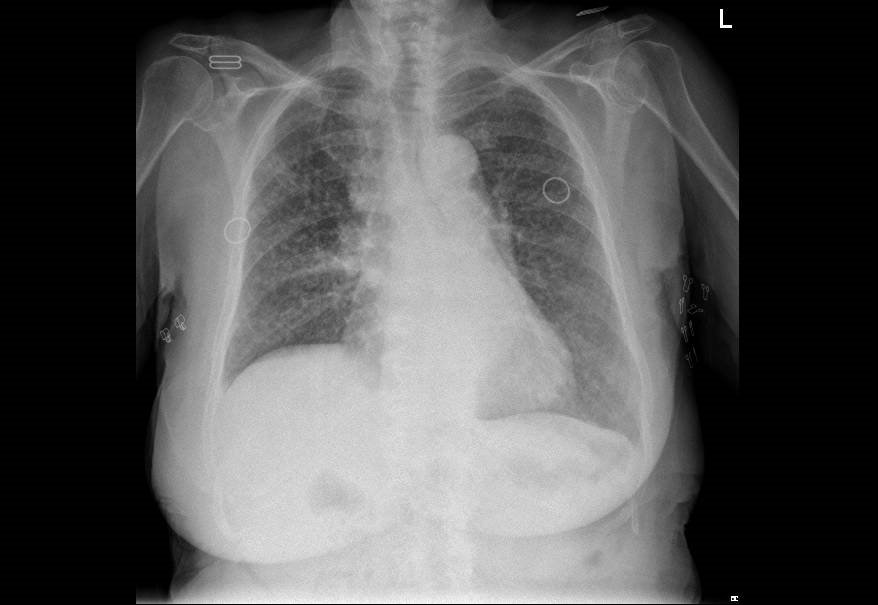The importance of genetic diagnosis in cancer: adenocarcinoma subtypes
Objective
We want to highlight here the importance of genetic techniques to differentiate specific diagnostic subtypes within a broader framework, a clinical situation with therapeutic significance in cancer treatment.
Clinical case
A 72-year-old non-smoker woman started with cough, shortness of breath when walking, and expectoration. She has no fever or drug exposure.
During the physical examination the patient was alert, breathing normally with oxygen. There were only minimal rales in both lungs. Her cardiac sounds were normal.
Laboratory: She tested negative for SARS-CoV-2 virus, Influenza A and B and syncytial respiratory virus.

It was decided to take a biopsy of the lung, but the decision was risky in terms of obtaining enough material, as there were small lymph nodes scattered in the parenchyma.
The histological sample was obtained using the EBUS (Endobronchial Ultrasound), a procedure done under sedation, that allows to select a node or lump accessible to biopsy with a needle.
Pathology report
Adenocarcinoma highly suggestive of pulmonary origin. Genetic mutations must to be determined, because some specific subtypes are susceptible of a treatment targeted to particular genetic characteristics.
Comment
Some years ago, medical oncologist detected a special “syndrome” in a group of patients with lung cancer. They were mostly non-smoker women with lung adenocarcinoma. They were treated in a similar way that the other patients with adenocarcinoma, but in the evolution, the presence of intra cranial metastases was common. We have learned, after the development of genetic platforms in the evaluation of an histological sample, that there is a specific mutation located in the exon 19 and 21, and the research laboratories have designed a group of drugs that take advantage of these mutations, obtaining a high percentage of clinical response in these groups of patients.
The importance of the detail in the diagnosis
In the past years, the knowledge of different subtypes of tumors , with different prognosis and treatment, was a new achievement in Medical Oncology. Neoplasm with the same “name”, are divided now into diagnostic subtypes, once we know the genetic landscape of the tumor. For this reason, the field of diagnosis is changing rapidly, opening new alternatives for the treatment of every particular patient.
Author: Dr. Lorenzo Alonso Carrión
FORO OSLER


